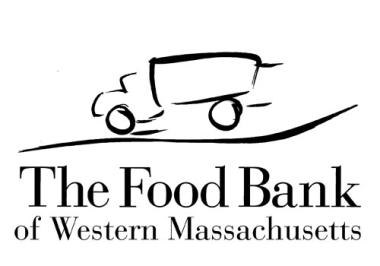I opened the door of the henhouse, let the birds out to scratch around in their run, and went about the daily chore of collecting eggs. I reached into each of the laying boxes and removed the eggs, many of which were still warm.
That's when I saw it. My eyes widened, my mouth gaped. Surely my wife and daughter were playing a joke on me and had sneaked into the chicken coop earlier and deposited this, this …this dinosaur egg!
There it was, two, maybe three times the size of a regular egg—four times the size of some of the little pullet eggs that my hens, just six months old, had been laying. I reached for the egg to see if it was real. Still warm.
I rushed into the house with my prize, grabbed a frying pan and called to my wife and daughter. "Do you guys know anything about this?" I demanded, holding the giant egg before their bugged eyes.
"Oh, my God!" exclaimed my daughter.
"That's just freaky," said my wife.
I cracked the egg into the pan.
"Oh, my God!" my daughter gasped. "Two yolks! Twins!"
I'd heard about double-yolkers, but had never seen one. I didn't know whether to feel blessed—I'd read something once about double-yolked eggs being good luck—or concerned for the wellbeing of at least one of my nine hens.
After a tasty if unusual breakfast, I headed out to the coop. All the birds looked fine. I turned to my rooster, wondering aloud if he knew anything about the colossus of an egg.
An hour on the Internet turned into two as I read about what turns out to be a not particularly unusual occurrence.
At the website poultryhelp.com, under "odd eggs," I found this: "Double yolkers appear when ovulation occurs too rapidly, or when one yolk somehow gets 'lost' and is joined by the next yolk. Double yolkers may be by a pullet whose productive cycle is not yet well synchronized. They're occasionally laid by a heavy-breed hen, often as an inherited trait."
My birds are heavy breeds—Barred Rocks and Rhode Island Reds. Would I keep getting double-yolkers?
At the website seriouseats.com, I found a story about someone who got a whole dozen double-yolkers, claiming they bought them at the Trader Joe's in Brooklyn. Of the 68 comments that followed the story, I read a mix of reactions, some registering horror—"Chernobyl Egg Company?" read one comment—others expressing delight and a strong desire to buy some double-yolked eggs for themselves.
Debates ensued. "I am still reading comments that lend the idea that this is a freak of nature. We had eggs delivered each week for years from the local farmer. Pullets—first-year layers is the answer. Not God, not Trader Joe's no matter how great their bean dips are," wrote someone called janaatwg.
Yeah, but all 12 eggs in a dozen?
"Still not that extraordinary," responded janaatwg. "They came from the same supplier. … It used to just be a normal course of production of the farms out my way. Still is when I visit my local Amish farmer for my fresh eggs."
As common as double-yolked eggs are, you don't find them very often in cartons of store-bought eggs. The big farms generally weed out eggs that are odd-shaped or have shells that are cracked or discolored. By a process called candling—basically shining a light through an egg—farmers sort out the double-yolkers, which would otherwise likely be classified as jumbo eggs. Hence people who buy jumbo eggs that come from farms that don't candle their eggs are far more likely to find a few double-yolkers than people who buy regular or large eggs, who may never get one.
And, no, it's very unlikely that a double-yolker would produce twin chicks, at least without human intervention in a laboratory. Generally, there isn't enough room in the egg to accommodate twins, who would fight each other, with one likely killing the other or both dying before hatching.
A month after our first double-yolker arrived, we're now getting about three each week. They taste the same as one-yolk eggs; the ratio of white to yolk is about the same as in a regular egg. For some reason, they're easier to shell than an equally fresh one-yolk egg. (A real fresh egg is a chore to peel, because very little air has yet seeped through its shell.) As a result, we use the double-yolkers for hardboiled eggs, particularly if we're having company and want to add a little drama to breakfast. I've also become partial to using the double-yolkers for fried egg sandwiches: one egg and a slice of cheese on toast.
I had to do some calling around to find a place that routinely sells double-yolkers in the Valley. Trader Joe's, despite the fact that it comes up high in a Google search of "double-yolked eggs," doesn't specifically sell double-yolkers. Fortunately, if you want double-yolkers, you can get them at the Diemand Egg Farm in Wendell. The farm, which has a cafe and lots of animals to see, is worth a trip whether or not you're looking for eggs. Diemand sells all kinds of eggs, from cracked eggs at $1 a dozen—still good eating—to double-yolkers at $3.50 a dozen, not to be mistaken for Jumbo Jumbos, also $3.50 a dozen.



